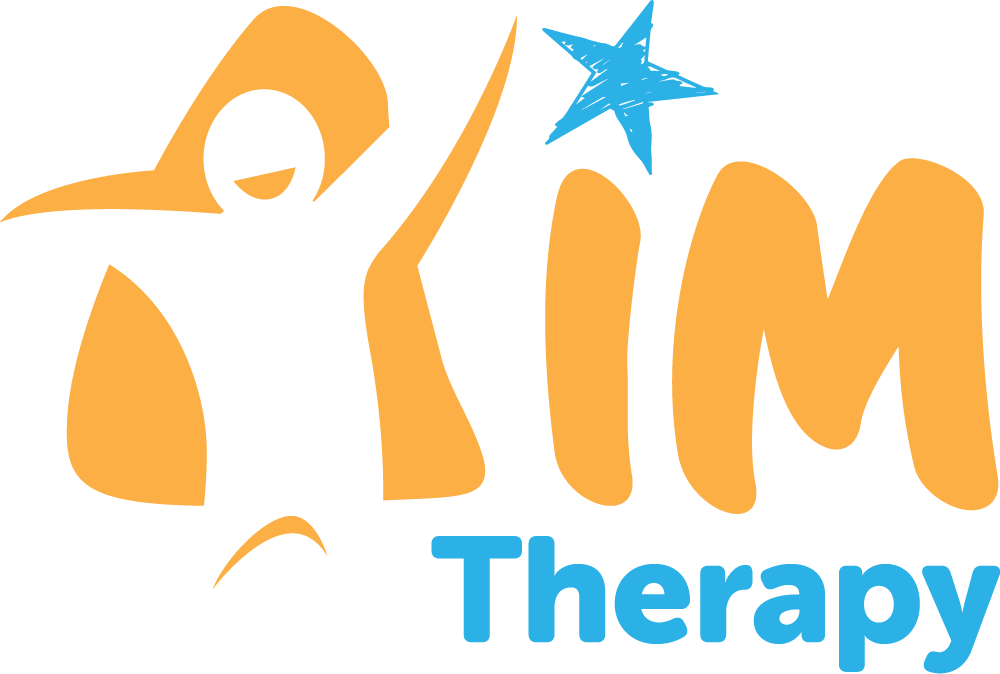We make sense of sensory information that we receive from the environment and our own body to learn and behave in appropriate ways. Sensory modulation therapy helps individuals regulate sensory input from the ears, eyes, muscles, joints, and skin to prevent over- or under-reacting to sensations. Everyone processes incoming sensory information in a different way and this forms your sensory preferences. Sensory preferences impact on what you notice, get bothered by, avoid, tolerate and love as well as shape how you feel and how you respond in different circumstances. For children in particular, some are able to automatically balance incoming sensory information (typical processing) to help them to attend, concentrate and react appropriately to daily challenges but some children need support to do so.
A child with sensory modulation difficulties:
– May demonstrate impulsive behaviour
– Appear excitable or uninterested/bored
– Have a harder time getting tasks completed in a timely manner
– Doesn’t respond when you call them
Over-Responsive Sensory Profiles
Over responsive: For a child with an over responsive sensory processing profile, a SMALL amount of sensory input can be overwhelming due to challenges in Sensory Modulation. They find it difficult to maintain a calm-alert state in most environments because there is too much information bombarding their body and brain. These children may demonstrate sensitivity to certain input and may have an active response to avoid these inputs.
Sensory modulation therapy helps children with over-responsive sensory profiles learn to manage these intense reactions. Through structured and supportive activities, therapy helps regulate how the brain processes sensory information, allowing the child to feel calmer, more comfortable, and better able to participate in everyday activities.
Children with an over responsive profile may display one or some of the behaviours listed below:
– Reacts strongly to unexpected or loud noises (e.g. vacuum cleaner, school sirens, hair dryer)
– Struggles to complete tasks in an environment with lots of noise.
– Is sensitive during grooming tasks (e.g. haircutting, face washing, fingernail cutting)
– Takes off or becomes irritated by certain textures of clothing.
– Rejects certain tastes or food smells
Under-Responsive Sensory Profiles
Under responsive: A child who is under responsive to sensory processing requires more sensory input for it to be noticeable. Children with an under-responsive profile may actively seek sensory input or might appear more easy-going than other children. Sensory modulation therapy can help these children better process and respond to sensory information in their environment. Children with an under-responsive profile may display one or some of the behaviours listed below:
– Requires more movement compared to peers their age (e.g. difficulties sitting still during mat sessions, may wriggle or fidget)
– Leans into everything
– Touches everything or place objects into mouth
At AIM Therapy, we offer expert sensory modulation occupational therapy to help children regulate their sensory needs in a way that supports learning, social engagement, and daily routines. From comprehensive assessment to personalised intervention, our occupational therapists are committed to helping your child achieve meaningful, functional goals.
For more information or to book a session, please contact us today.
